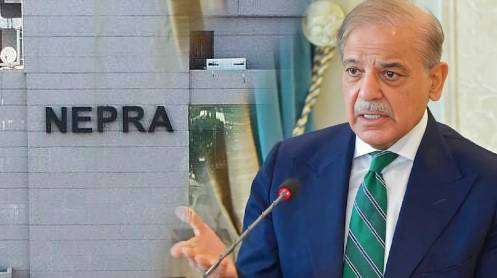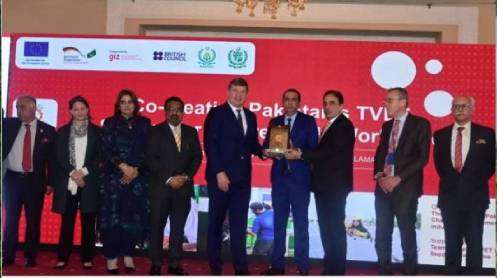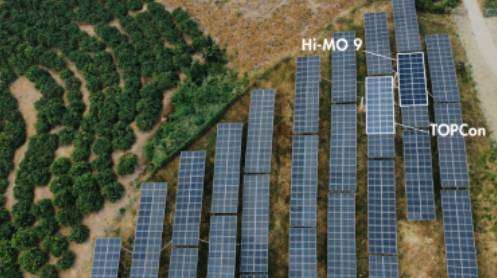ISLAMABAD: Prime Minister Shehbaz Sharif has directed the Power Division (PD) to urgently verify and finalize the proposed revised buyback rates for net metering in coordination with the National Electric Power Regulatory Authority (NEPRA), following months of delay in the approval process.
According to NEPRA sources, the directive was issued during a high-level meeting held on October 22, 2025, at the Prime Minister’s Office, attended by key stakeholders from the energy sector.
“The Power Division, in coordination with NEPRA, shall review and verify the tariff of buyback rates and their impact on other consumers before finalizing proposals for net metering reforms,” an official confirmed.
The Power Division has proposed reducing the buyback rate from the current Rs 22 per unit to around Rs 11.30 per unit, citing the growing financial burden on other electricity consumers. The Prime Minister also instructed the division to review all existing net metering contracts signed under the Net Metering Rules 2015 to assess whether rate revisions can be legally implemented without breaching contractual commitments.
Officials said the review would ensure compliance with the existing regulatory framework while paving the way for new standard contracts aligned with a Net Billing framework for future consumers.
In addition, the Minister for Information and Broadcasting has been tasked with crafting a comprehensive communication strategy to effectively present the government’s stance on the new policy. The plan will be discussed in the next high-level meeting, the date of which is yet to be confirmed.
Under the current net metering regime, consumers generating solar power and feeding surplus electricity into the grid are exempt from paying fixed charges. Officials argue that this, combined with rising capacity payments, declining energy sales, and lower recovery of fixed costs, has contributed to overall tariff increases for grid-connected users.
Earlier, the Economic Coordination Committee (ECC) had approved a Rs 10 per unit buyback rate, but the decision was deferred following objections from some Cabinet members. The Prime Minister subsequently instructed the Power Division to re-engage stakeholders and resubmit recommendations, which were later forwarded to the PM’s Office after consultations at the Private Power and Infrastructure Board (PPIB).
Internal assessments indicate that the rapid expansion of net metering capacity has led to a 3.2 billion kWh reduction in energy sales in FY2024, translating into an additional Rs 101 billion burden on other consumers and an average tariff increase of Rs 0.9 per kWh. Projections suggest that by FY2034, the impact could rise to 18.8 billion kWh in reduced sales, creating an added cost burden of Rs 545 billion and an average tariff hike of Rs 3.6 per kWh.
The Indicative Generation Capacity Expansion Plan (IGCEP) 2025 anticipates over 8,000 MW of net metering capacity by FY2034 — categorized as a “forced addition,” which, officials caution, could disrupt the principle of least-cost power expansion.
At a recent National Assembly Standing Committee on Power session, Secretary Power Dr. Fakhr e Alam Irfan noted that excessive daytime generation from rooftop solar systems occasionally creates operational stress on the national grid.
“On some occasions, the system operator has to restore supply to high-loss feeders to stabilize the grid,” he said, emphasizing the need for a balanced approach between distributed generation and system stability.
Story by Mushtaq Ghumman







